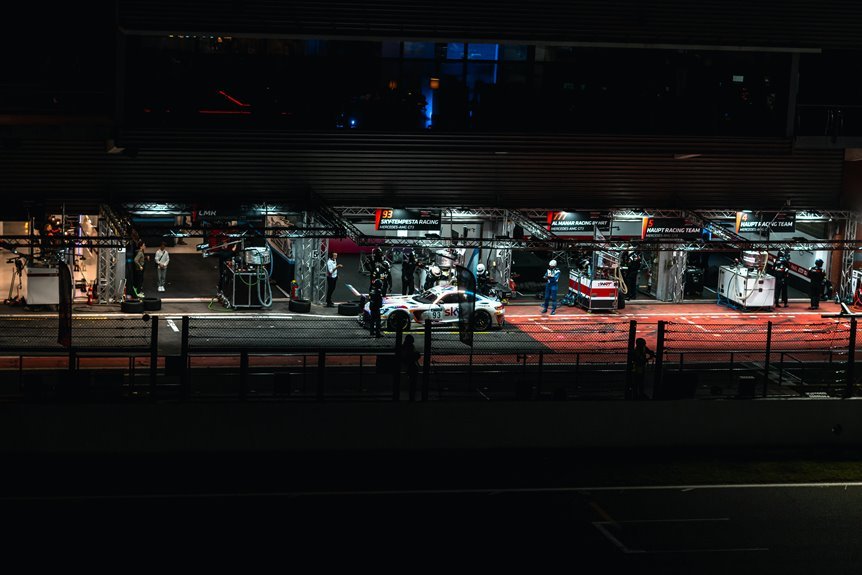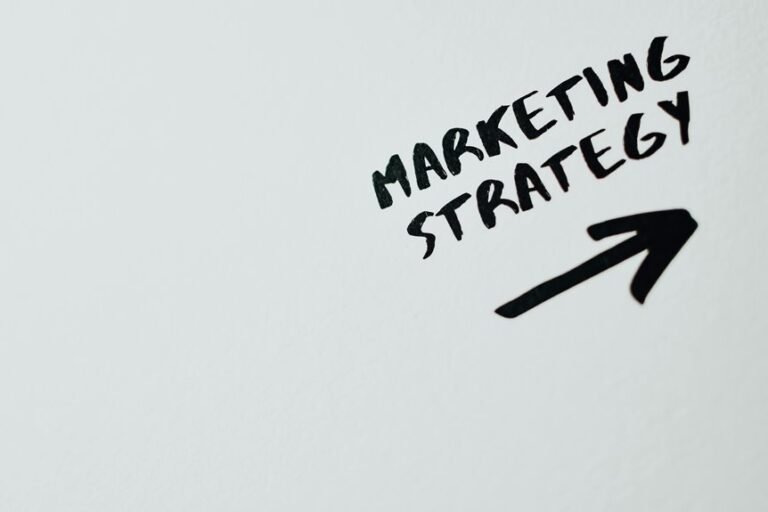Driving Operational Efficiency in Competitive Markets 3511747914
In competitive markets, organizations must prioritize operational efficiency to thrive. Identifying key areas for improvement is essential. This requires a strategic analysis of existing processes and potential bottlenecks. Technology solutions play a critical role in this endeavor, enabling automation and enhancing collaboration. However, a successful approach goes beyond tools; it necessitates a culture of continuous improvement. This foundation allows for effective measurement and analysis of performance metrics, setting the stage for sustainable growth. What steps should companies take next?
Identifying Key Areas for Improvement
Although competitive markets pressure organizations to enhance their operational efficiency, identifying key areas for improvement remains a critical first step.
A strategic approach to process optimization can reveal inefficiencies, guiding effective resource allocation. By evaluating workflows and performance metrics, organizations can pinpoint bottlenecks and redundancies, ultimately fostering a culture of continuous improvement that aligns with their commitment to operational excellence and freedom in decision-making.
Implementing Technology Solutions
Organizations seeking to enhance operational efficiency must strategically implement technology solutions that align with their specific needs and objectives.
By utilizing automation tools, businesses can streamline processes and reduce manual labor, facilitating faster decision-making.
Moreover, effective software integration ensures seamless data flow across departments, promoting collaboration and transparency.
Ultimately, this enables organizations to adapt swiftly in competitive markets while maintaining operational agility.
Cultivating a Culture of Continuous Improvement
While fostering a culture of continuous improvement may seem like a gradual process, it is essential for organizations aiming to thrive in dynamic markets.
This culture hinges on robust employee engagement and effective feedback loops, enabling teams to identify inefficiencies and innovate solutions.
Measuring and Analyzing Performance Metrics
Cultivating a culture of continuous improvement naturally leads to a heightened focus on measuring and analyzing performance metrics.
Organizations must establish performance benchmarks that reflect strategic goals, ensuring alignment and accountability.
Data visualization plays a crucial role in this process, enabling stakeholders to interpret complex data effectively.
Conclusion
In the grand opera of business, where the fatiguing symphony of inefficiency plays on repeat, organizations must don their finest capes of technology and wield the swords of continuous improvement. With performance metrics as their guiding stars, they dance through the chaos, elegantly sidestepping bottlenecks like seasoned performers. Yet, without a genuine commitment to this strategic choreography, they risk becoming mere marionettes, puppets of their own outdated processes, twirling aimlessly while competitors steal the spotlight.






